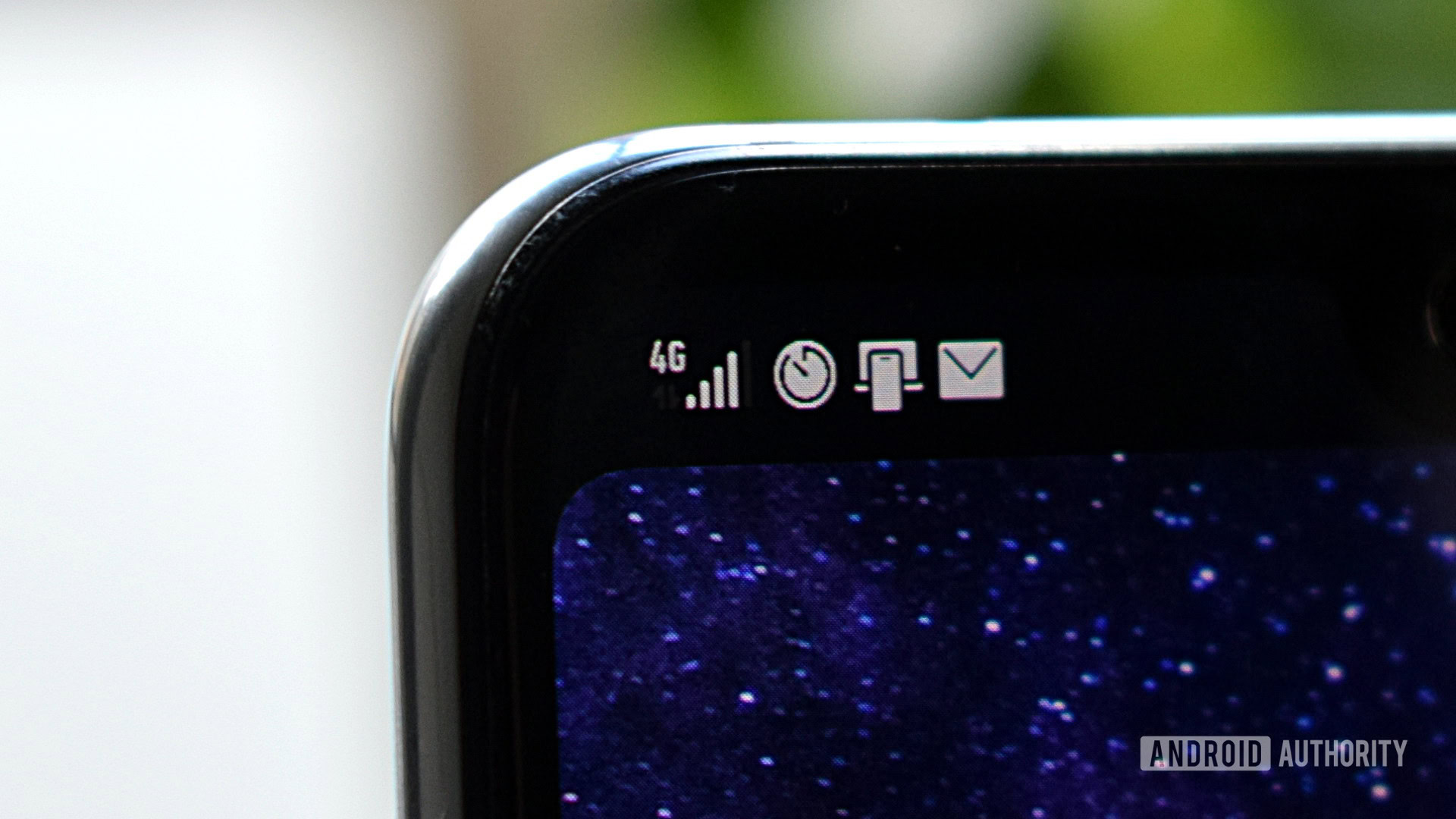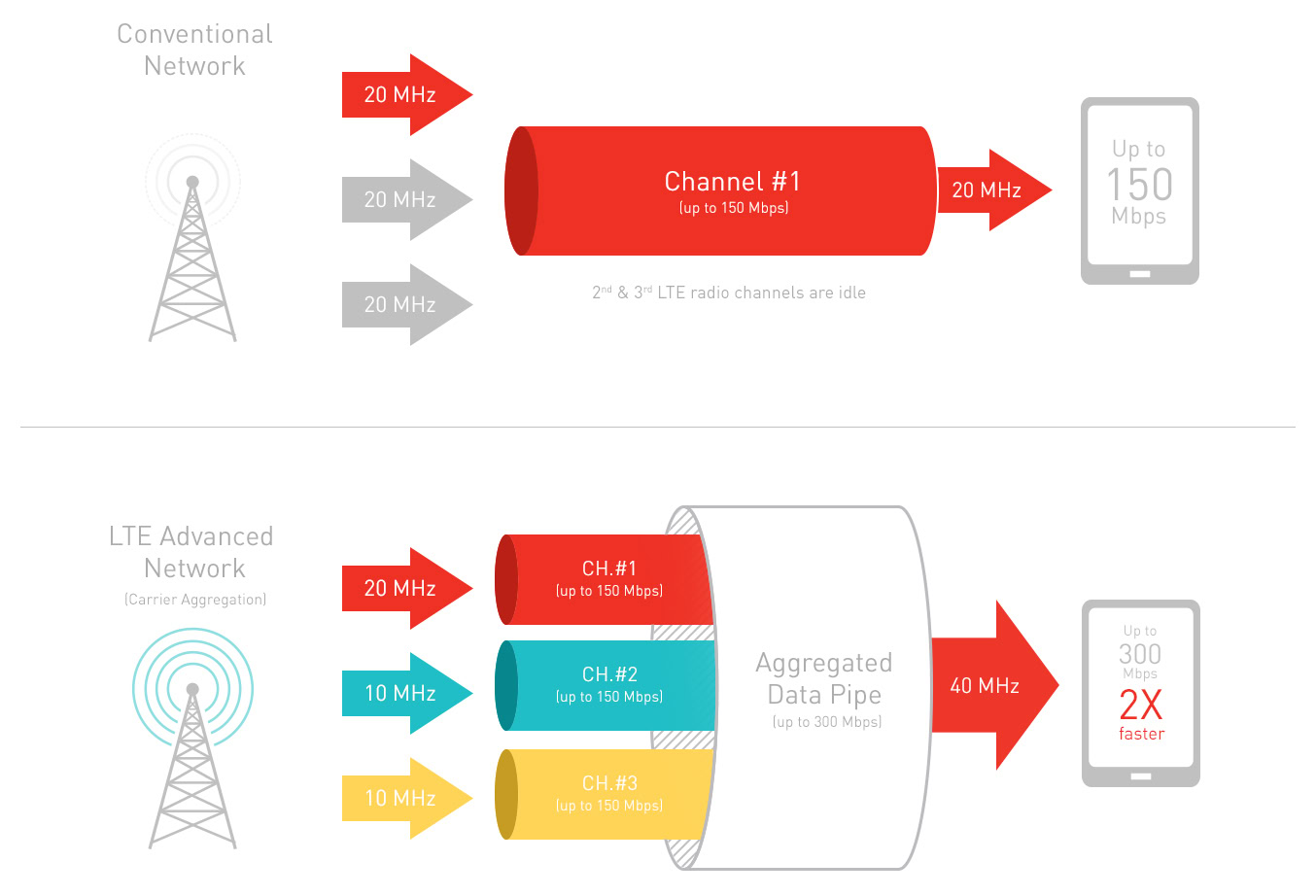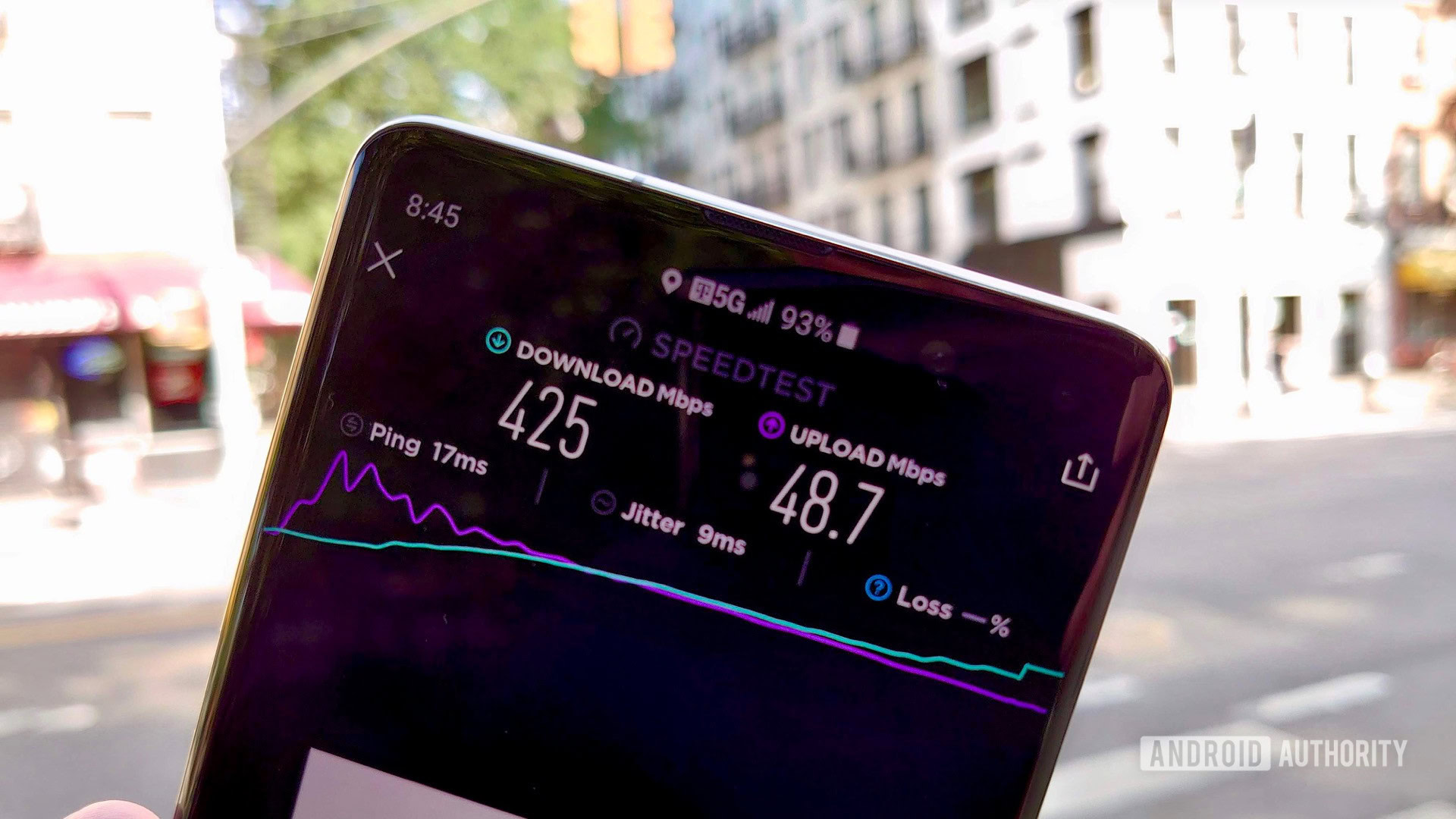Affiliate links on Android Authority may earn us a commission. Learn more.
4G, LTE, LTE-A, and 4G+: What is the difference?
Published onOctober 12, 2022

5G networks are finally here. But for the majority of smartphone owners around the world, 4G remains the networking standard of choice. Or is that LTE, 4G-LTE, or LTE-Advanced? Debating the merits of this naming scheme might sound pedantic, but are some key differences between what the terms actually mean. Suffice to say, 4G networks started out a bit of a mess and there’s still a lot of discrepancy between them to this day.
Read next: What is 4G? | What is LTE Advanced?
If you’re bamboozled by terms like HSPA+, WiMax, TD-LTE, in addition to the more familiar 4G logo, and what they all mean for your network speeds and quality, we’re here to help. Let’s dig down into 4G vs. LTE, how they differ, and where the confusion lies.
What is 4G? What does LTE mean?
Before we dive into the technical differences between 4G and LTE, let’s understand what separates the two terms.
4G is short for the fourth generation of cellular networking technology. First theorized in the late 2000s, it proposed a drastic improvement over 3G. However, as we’ll explain in a later section, carriers couldn’t deliver on 4G’s promises right out of the gate. More specifically, they were unable to offer speeds above 100 Mbit/s, the bare minimum mandated by the specification.
However, carriers were able to deliver speeds in excess of existing 3G networks, necessitating a middle-ground standard between 3G and 4G. Eventually, the industry settled on calling this progression Long-term Evolution, or LTE. This means that LTE is slower than “true 4G”, but still faster than 3G.
Most users will never notice a difference between 4G and LTE, making the two terms more or less interchangeable in most discussions. That said, you can find full-fledged 4G implementations in most countries today. In the US, carriers use varied branding to distinguish between LTE and “true 4G”. Verizon and T-Mobile use the LTE+ and LTE-A labels to denote the latter, while At&t confusingly calls it 5GE.
The trouble deciding standards with 4G vs LTE
Although the International Telecommunications Union-Radio (ITU-R) decided upon the specifications for 4G back in 2008, it took much longer for carriers to build networks capable of meeting the official definition. Moving from 3G to 4G was a big deal for carriers, and it would take a series of network upgrades to get there, rather than one single jump.
The problem with creating wireless standards is twofold. First, the standards aren’t strictly enforceable, as the ITU-R has no control over carrier implementations. Second, the transition from an old standard to a new one doesn’t happen overnight. There’s a long period where early networks don’t necessarily match up with what consumers expect (as we’re seeing with 5G too). This is where LTE, which stands for Long-term Evolution, comes in. Instead of a technical standard like 4G, think of it as the means by which carriers took to match the official 4G specification.
Although all 4G LTE markets have passed this initial rollout stage now, some of these network types are still found in countries or areas with less developed infrastructure. They’re also often still a fallback in areas with poor proper 4G coverage. If this all sounds a bit confusing, just look at the graphic below to see the sheer range of technologies out there.

After much deliberation, LTE-Advanced and WirelessMAN-Advanced (WiMax Release 2) were designated as the IMT-Advanced compliant technologies, and the age of real 4G began. However, HSPA+, WiMAX, and other LTE branded technologies were also labeled as 4G, despite not offering the full feature set promised by the “official” technologies. This was because many carriers and hardware manufacturers had already begun investing in these networks during the two-and-a-half-year deliberation.
See also: The state of 5G: Hype versus reality
The “true 4G” standard
As odd as it sounds, 4G LTE doesn’t actually meet the full specifications envision for the 4G standard. That said, these networks are faster than 3G, so it’s not a complete con. Meanwhile, HSPA+ is much closer to 3G than 4G in terms of technology, and so doesn’t use the 4G icon these days.
LTE-Advanced (LTE-A) and Wireless MAX-Advanced are the networking technologies that actually meet the “true 4G” specifications, though LTE-Advanced is the naming scheme you’ll actually see in consumer markets. To differentiate them from previous 4G technologies, the ITU has defined them as “True 4G,” but you’ll very rarely ever see this term used.
LTE-A introduced a few important technological improvements to help carriers reach the speeds initially proposed for 4G. This includes carrier aggregation to make use of more bandwidth at once and improved Multiple Input Multiple Output (MIMO) antennas to support this and improve cell edge coverage. However, this also required new smartphone modems and radio technologies, so early 4G handsets couldn’t benefit.

Want something faster: The best 5G phones you can buy right now
The 4G LTE standard has gone through numerous revisions, or Releases as the 3GPP calls them, since then. These introduced support for new aggregation bands and other technologies to increase data speeds without breaking away into an entirely new standard. The newest revisions fall under the LTE-A Pro moniker, promising even faster speeds. LTE really is living up to its name as a Long-term Evolution plan. Today’s consumer 4G LTE-A networks can hit speeds in excess of 1Gbps, surpassing the initial specification and making them faster than some early 5G deployments.
| Standard | HSPA+ | WiMAX Rel 1 | LTE | LTE-Advanced | WiMax Rel 2 | "True 4G" |
|---|---|---|---|---|---|---|
| Standard Download | HSPA+ 84 Mbps | WiMAX Rel 1 128 Mbps | LTE 100 Mbps | LTE-Advanced 1000 Mbps | WiMax Rel 2 1000 Mbps | "True 4G" 1000 Mbps |
| Standard Upload | HSPA+ 22 Mbps | WiMAX Rel 1 56 Mbps | LTE 50 Mbps | LTE-Advanced 500 Mbps | WiMax Rel 2 500 Mbps | "True 4G" 500 Mbps |
However, talk of speeds is rather confusing, as the specifications often don’t define what a network’s users will actually receive. For example, even with LTE-A customers are more likely to be able to use speeds approaching 100 Mbit/s on mobile devices with a strong connection, while the 1Gbit/s speed is defined for low mobility wireless access points.
It’s also important to note that LTE-A isn’t just about handset download speeds. There is also a big push to improve infrastructure to accommodate the growing number of users, devices, and types of coverage required to offer fast downloads. LTE-A uses a mix of traditional macro cells and vastly improved small cells. The aim is to offer better high-speed coverage at the network’s edge and more bandwidth in congested areas. This idea is also the foundation of the latest 5G networks.
See also: What does 5G UC on T-Mobile mean?
A look at the 4G vs LTE market

The past several years have seen a much wider rollout of LTE-A, and carrier-aggregated networks are now common around the world. Fast 4G LTE speeds are finally here, just in time for the industry to begin making the switch to 5G.
According to a GSA report into 4G LTE networks published in August 2022, 760 operators offer fully mobile LTE services and 336 carriers have LTE-Advanced networks running around the globe. 219 operators are also investing in blazing-fast LTE-Advance Pro technologies. A March 2022 subscriber overview highlights that LTE now accounts for 67.1% of global mobile subscriptions and that 789 million subscriptions were added in the 12 months leading up to the report.
Although much of the industry’s attention focuses on next-generation 5G networks, 4G LTE remains the backbone of the world’s wireless networks and is still seeing its fair share of major improvements too.
The TL;DR of the 4G vs LTE story is that LTE and LTE-A are both forms of 4G, but it’s the latter that has the capabilities to match the original specification and deliver the fastest data speeds. Fortunately, most 4G mobile networks are now using LTE-A and even more advanced technologies, allowing them to offer the fast speed envisioned all the way back in 2008.